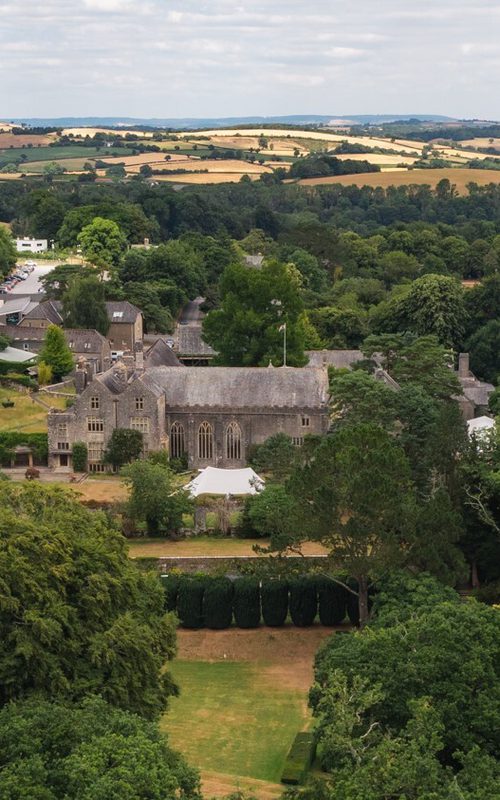
About
Dartington is an award-winning destination and events venue set within a stunning 800-acre estate in the heart of the South Devon countryside. A thriving community of businesses, colleges, and cultural organisations, Dartington offers a unique experience that blends heritage, nature, and creativity.
Our estate is a place where visitors can immerse themselves in a wide range of activities, including enjoying an independent cinema, live music performances, a diverse array of events, and delicious food and drink. Explore the beauty of our Grade II* listed gardens, discover scenic woodland trails and riverside walks, or relax in one of our welcoming accommodations, from B&Bs in the Grade I listed Courtyard to hostel rooms.
At Dartington, we are more than just a place to visit – we are a charitable Trust with a clear mission to preserve this unique location for future generations. Our centrepiece is the medieval Great Hall, surrounded by the Courtyard and gardens, which provide an inspiring setting for everything from outdoor activities and family fun to cultural events like live theatre, cinema, and music.
We also offer a variety of spaces for hosting weddings, conferences, and other special events, making Dartington an ideal venue for any occasion. Whether you're here for a relaxing getaway, a day of exploration, or to participate in one of our many events, there’s always something new to discover at Dartington. Come and experience everything Dartington has to offer – a place to connect, create, and enjoy.
